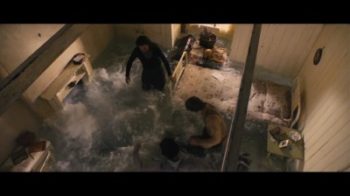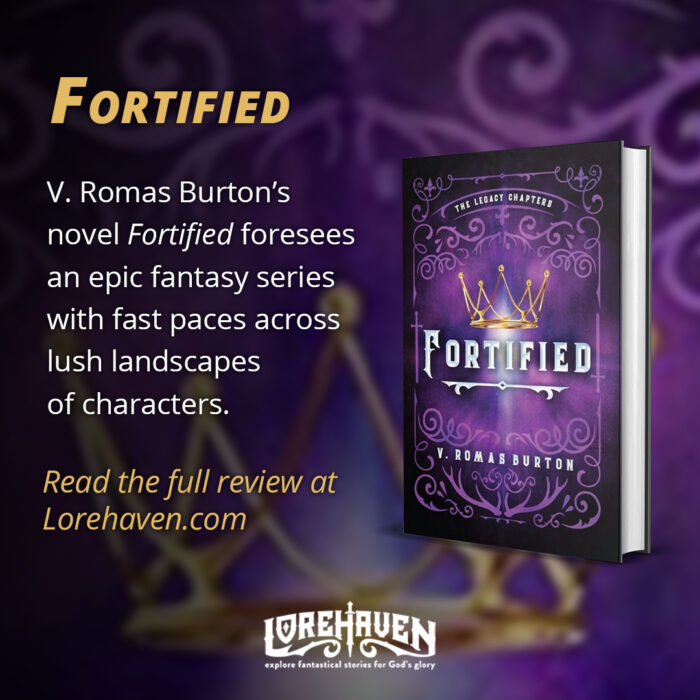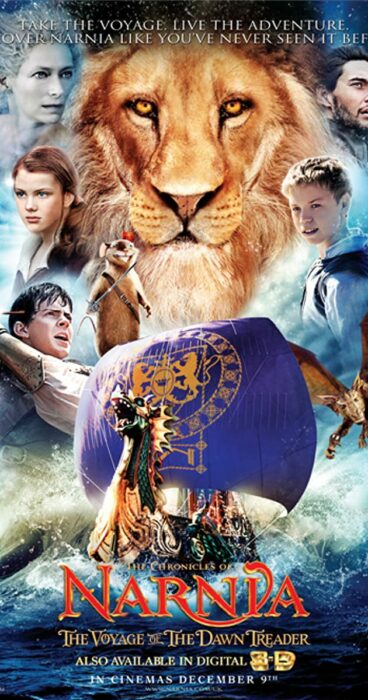Why Can a Book’s Movie Be So Bad? When an Adaptation Goes Astray
Everyone has seen a movie adaptation of a book and we can all agree some are extraordinary while others fall miserably short. I used to complain how movies ruined books and how filmmakers ought to stick to the story or not bother. That is, until I started adapting short stories into scripts for a radio drama program.
I didn’t know any better and my first attempt at script-writing was to take a full length novel and boil it down to twenty-five pages of dialog. It was an eye-opening experience.
So what is it about adaptations that leave us with such unpredictable results?
There are four overlapping elements that shed light on the innumerable decisions that go into getting a story change mediums: Intent, Source Material, Time, and Heart.
Intent Is King
It’s impossible to please everyone and one of the first decisions to be made in planning an adaptation is Why? Why should this exist? Sometimes it’s obvious the film or show adaptation only exists because the book was a huge success and a studio wanted to cash in on it. Other times, the headline actor is the one carrying the film and bringing in viewers. I frequently see modern political viewpoints superimposed over period dramas to make a statement. There are producers and directors dedicating themselves to a passion project that barely made it off the ground. There’s always a reason for an adaptation.
Case Study #1: Disney’s 1991 animated Beauty and the Beast vs. Disney’s 2017 live-action remake
Remakes are tricky but it’s the intent of the remake that can make or break it. I feel this is a good example of changes being made for the sake of pleasing everyone. Dialog and visuals were added to fix perceived flaws in the original animated film, while still trying to maintain an identical visual experience. I found the 2017 film unmemorable and choppy when compared to the 1991 version. There is something to be said for their dedication in making both films look and feel them same, but not all adaptations have reason to be carbon copies.
Case Study #2: Chronicles of Narnia: Voyage of the Dawn Treader (2010)

The Voyage of the Dawn Treader movie poster–expecting a blockbuster.
With the success of the first two book-to-film adaptations, it’s clear to me that Dawn Treader was supposed to be a hit and keep the audience coming back for the rest of the series. To do this, actors from previous films made somewhat confusing appearances, presumably so their names and characters would bring in fans. The characters of Peter and Susan Pevensie were brought back in a way that made the scene more personal for the audience; while scattered through the film, the well and truly dead White Witch made one or two appearances that left me wondering if she had come back from the grave, negating Aslan’s sacrifice in the first book, or if she was a manifestation of Edmund’s fears and doubts.
Source Material? What’s that?
Frankly speaking, not all script- and screenwriters have thoroughly read the material they are adapting. Time constraints or studio decisions force them to work within certain perimeters or entirely off synopses of the original work. Sometimes a quick decision will be made and other times it will take weeks of hashing out before the film direction is chosen. Adaptations of well-known material have a larger audience base and often a louder outcry if the outcome is not satisfactory. Some studios cave and give the fans what they want, tossing out what could have been a better (or worse) script in favor of something that will quiet the masses. Some changes must be made for the original source to translate to the screen. “A picture is worth a thousand words” but there’s still challenges and limits to showing everything a book has to offer.
Case Study #3: Sherlock (BBC 2010)

The modern Sherlock and Dr. Watson. True to the spirit but not the letter of the original.
BBC’s series based on Sir Arthur Conan Doyle’s Sherlock Holme brought a new vision to a classic collection. Modern and re-imagined, we see Holmes and Watson navigating the same cases in a distinctly 21st century way. There are many nods to the original stories and various film and television incarnations of the characters.
Case Study #4: Sonic the Hedgehog (2020)
There are expectations viewers have when a book, comic, or game is adapted for the big screen. Not everyone can be satisfied but when the outcry is deafening, the studio needs to choose to appease the masses or continue unchanged. In the case of Sonic the Hedgehog, initial trailers released for the film based on the video game franchise stirred up such negative reaction, production was delayed and the titular character completely redesigned to closer fit the design of the game.
Time is short
The book is almost always longer than the adaptation. In today’s era of streaming services and original content, limited series and mini series are becoming common, making the time factor more negotiable than ever before. Still, it is a vital factor. Once intent and source material are established, the total running time dictates what stays and what goes. If the book describes several sports games but only one has high stakes for the protagonist, the others will be directly mentioned, alluded to, or cut completely, no matter how interesting they were described in the book. Conversations are condensed, characters combined or cut, locations removed, and many times subtleties are turned obvious for the sake of page count. How and what is removed to save time can be the discretion of the writer but more often it comes from those higher up the production chain. Unnatural or out-of character-sounding dialog, convenient explanations, and unnecessary facts in dialog can be indicators of extreme editing.
Case Study #5: Chronicles of Narnia: Voyage of the Dawn Treader (2010)

Voyage of the Dawn Treader, water flooding into the room from the painting…the most iconic scene of the book.
At some point in the adaptation process, a list of important visuals is created – things that are iconic to the source material, easily merchandised, and book moments the audience came to see. Edmund, Lucy and Eustace’s transportation into Narnia through the painting of the Dawn Treader was clever, artistic and clearly showed what was happening. It was also my favorite moment of the entire film. The time spent on that meant time lost elsewhere. Many of the islands visited in the books were combined, mentioned or removed. Watching the film, I never got the sense of a long, difficult sea voyage because the story jumped from event to event without a strong sense of belonging.
“Heart” vs “Heat”
An author will spend hundreds of hours making sure the heart of their story is exactly what they wish it to be. When the “heart” of the story is chosen to be the focal point of an adaptation, everything else can be stripped away and the essence of the final product still holds true. The characters are the same friends you remember from the book; their internal and external growth still tugs at your emotions; and even if just a fraction of the original story remains, you feel that fraction carried the emotional weight of their journey. Even villains, anti-heroes and serial killers can capture the heart of the story in their own sad or terrifying way.
The “heat” of a story focuses more on external elements – locations, visuals, action sequences – the sheer cinematographic function of an adaptation. With the example of the character taking a long journey, the “heat” of the story will jump from one high point to the next. This can be done well but can also be done poorly, leaving the viewer feeling emotionally disconnected and visually disoriented.
Obviously, no adaptation will fall completely on one side or the other, rather scene by scene comparisons can show which is heat and which is heart. Understanding this can make sense of what is or is not working with changes that were made.
Case Study #6: Chronicles of Narnia: Voyage of the Dawn Treader (2010)
There is so much to love and hate about this film. A novel told as a dangerous, rewarding journey was condensed into an action film, constantly moving from one big thing to the next. Instead of allowing the small things to build up and show Caspian and the crew’s morale being worn down by monotony and fear of the unknown, the darkest elements of the story were combined into competing scenes of danger. Gone are the endearing, private conversations between characters that show them maturing and owning up to mistakes and faults. The film characters, while consistent within the action style, feel like distorted shadows of their book selves.
Case Study#7: Chronicles of Narnia: The Lion, the Witch and the Wardrobe (2005)
Small sequences were added to convey an era unfamiliar to a modern audience while still managing to stay true to the heart of the book. The audience can see the tensions between the four Pevensie siblings, feel Lucy’s heartache at loosing Mr Tumnus the fawn, experience Edmund’s redemption, and watch Peter’s confidence and courage strengthen under the love of Aslan. Parts of the book were removed and others added to make it appealing but all in all, very few of the changes altered the heart and message of the novel.

German bombers over London–not a part of the book, but added context (and action) to the movie version of The Lion, the Witch, and the Wardrobe.
Once you know how a story is adapted, it’s easier to separate the two as being products of different mediums. Sure, there are terrible adaptations that should never have existed but those examples give us opportunity to examine our own expectations and show grace to writers who might well have been as disappointed in their final studio-approved screenplay as you were
Watch an adaptation. Identify aspects that have changed and take a few minutes to consider some reasons why. Explore the What If’s and Maybe’s of how stories shift and change across mediums. It’s a fascinating exercise and a great conversation starter.
































I don’t necessarily mind differences existing between the books/original source material and a later adaptation, at least for the most part. Sometimes those differences can actually be huge improvements. So far, while reading one of the light novels about Uchiha Itachi’s backstory, I like the anime adaptation of that storyline far better, even if it changed some things. While there were some great elements in the novel that were missing from the anime, the anime overall did a better job of presenting Itachi’s character with emotional and mental depth. Again, there were some elements in the novel that would have been nice to see in the anime, but not enough to say ‘the book was better’.
Usually if I complain about a lack of faithfulness to the source material, it’s when a later adaptation could have been waaaaayyy better, and would have been better if it actually used more material from the source. But if a show is unfaithful to the source material but has an awesome result…that’s usually fine. Not always, but if people do stray…then they should stray well. The Jurassic Park movies were very different from the books, but I didn’t mind them because they were still fairly good and well made(not too crazy about the fourth and fifth movies though). The first three Jurassic Park movies weren’t perfect, but they are a decent example of straying well.
We do a lot of reading books and watching the movies as part of our schoolwork, and I’ve been working to have my kids look for the heart of the story, and talk about why a change might be good for a book.
Sadly, most times when they adapt a book, they’re not interested in the heart, they’re interested in the property and the quick buck of getting fans to watch it.
The “interested in the property” aspect is a very valid criticism.